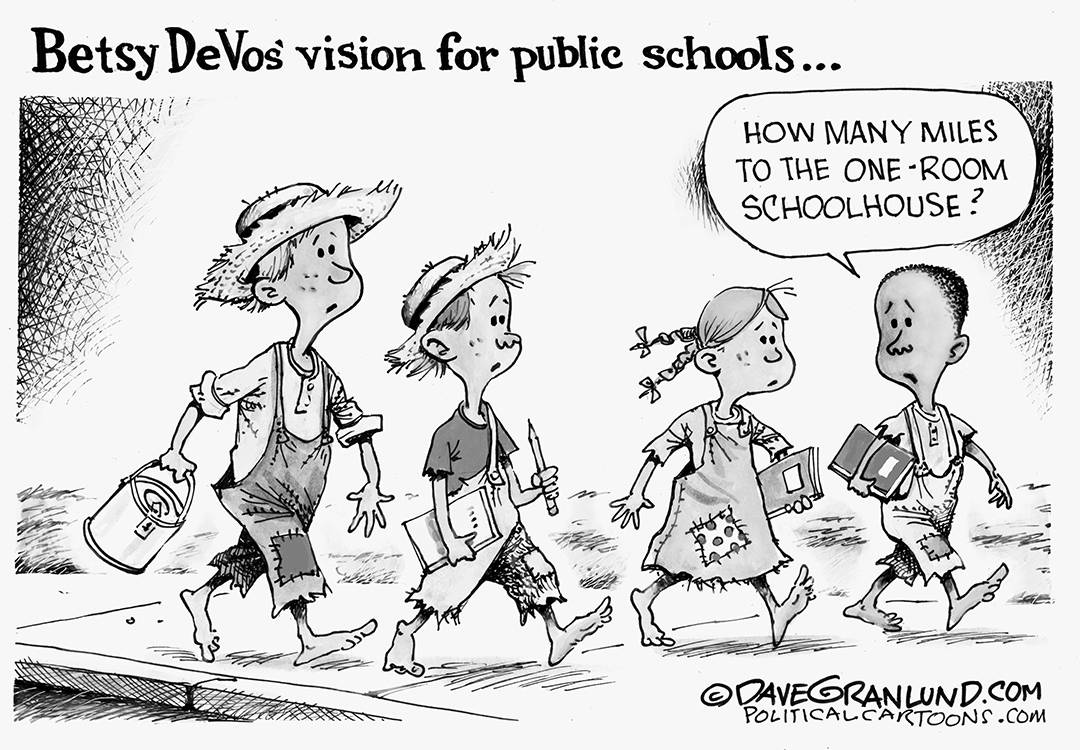By Tamara Plakins Thornton
Los Angeles Times
Since the late 1800s, when the typewriter struck the first blow to penmanship, handwriting has become an increasingly obsolete skill, and therefore a powerful symbol of the past. It’s an idealized past, when Americans supposedly followed uniform models of appearance and behavior and seemingly obeyed the rules.
That may be a big reason why more than 20 state legislatures, most of them in the South, have passed bills encouraging, even mandating, some form of cursive instruction in the schools. During times of cultural upheaval, when the present looks frightening, nostalgia for old-fashioned handwriting surges.
For those panicked by our increasingly heterogeneous society and the overturning of traditional norms —think immigration, think same-sex marriage —the olden days of workbook drills and gold stars for keeping within the lines can look like a critical anchor in perilous times.
Responding to the wave of cursive legislation, “The Dixie Diva,” a column published in newspapers in the South, equated cursive with everything “civilized and beautiful” and rued that if we can’t read handwritten historical documents, then we “have been lost to a world of family and American history.” Those conservative undertones can turn very dark.
One commenter on a Christian home-schooling blog warned in 2017 that “atheists do NOT want cursive taught,” arguing that if people could read “our historical legal documents,” they would see that “America was, is and will forever be a Christian nation.” Educational standards that don’t require cursive to be taught are out to bury that truth, she continued, the better to promote “the LGBTQ lifestyle and the Muslim religion.”
Most boosters of cursive don’t go down that road, but we need to grasp what drives nostalgia and how it can get in the way of understanding what kind of handwriting instruction makes sense today. To hear many Americans talk about it, you might think the decline of cursive in our schools is handicapping, even endangering our children.
Learning cursive has “beneficial effects on the brain,” Sheila Lowe, the president of the American Handwriting Analysis Foundation, said in January in a letter to the editor of the Baltimore Sun. “Throughout history, those who could read and write were always on a higher socioeconomic plane.”
In New Jersey, legislators supporting a bill last year to mandate cursive instruction cited the positive impact on “cognitive, motor and literacy skills,” and argued that if “your phone dies,” “now you can write in cursive.”
Children who can’t manage cursive are hardly illiterate. They just use either a different writing technology —a keyboard instead of a pen —or a different handwriting font, print instead of script. Is all this fuss really about a font selection? Of course not, but that doesn’t mean that what is perceived to be at stake is trivial.
We get a better idea of what the drama is truly about when we put it in historical perspective. Our times are not the first to make big claims about the benefits of cursive or sound dire warnings about its alleged decline.
In the early 20th century, experts maintained that cursive instruction could reform delinquents, Americanize immigrants and prepare young people for factory discipline. What made these claims seem reasonable was the schoolroom emphasis not on the finished product, the script itself, but the instructional regimen.
Penmanship drills were the order of the day, with children simultaneously executing identical strokes to the teacher’s oral commands. If it sounds like basic training, the comparison didn’t escape contemporaries.
In California, Leta Severance Hiles, the Long Beach superintendent of penmanship instruction, insisted in her 1924 book, “Penmanship,” that pupils “must follow with military precision the directions of the leader.” In New York, a journalist noted in 1911 how drill work transformed unruly immigrant pupils into a “fine platoon of soldiers.”
The real lessons, then, were not in how to communicate, but in how to conform to a standardized model, obey authority and follow rules.
In the 1920s, a group of progressive educators had the novel idea that handwriting instruction should be about learning how to express oneself on paper. They introduced a new font that children could master more easily and at earlier ages. It’s what we call “printing.”
Those educators saw no need for children to ever learn cursive, but most Americans felt otherwise. For decades, the controversy focused narrowly on when to make the print-to-cursive transition. Whether in second or third grade, there would be no escaping the drills and rules.
In the 1950s and ’60s, many Americans worried that young people were being allowed to ignore society’s rules entirely too much. Rock ‘n’ roll, denim jeans, sloppy cursive —it was all part of a moral breakdown. “What Ever Happened to Good Penmanship?” asked Reader’s Digest. “Permissiveness,” answered the author of “The Decline of Handwriting,” as the “old, reliable essentials” were being cast aside, unpleasant drill work eliminated and standards lowered.
Now, of course, we look back on those decades as a golden age of cursive, well before texting took over and the Common Core education standards adopted by more than 40 states omitted cursive from curricular requirements. Some states, including California, have added cursive to the standards.
What is most important about learning how to write is not sharpening motor skills or reading the Declaration of Independence in a particular font. It’s acquiring the ability to communicate. Our children will mainly do that with a keyboard —and printing is a great supplement and backup.
Let’s not maroon our children in a mythical Golden Age. We left behind quill pens. Now let’s say goodbye to cursive.
Tamara Plakins Thornton is a professor of history at the State University of New York, Buffalo, and the author of “Handwriting in America: A Cultural History.”



